AMSTERDAM
The “Venice of the North,” is an enchanting European city known for its picturesque canals, historic architecture, and vibrant culture. This captivating city holds a special place in the hearts of travelers and historians alike. In this presentation/essay, we will explore the multifaceted aspects of Amsterdam, from its rich history and cultural diversity to its economic significance and contemporary challenges.
Historical Background
Early history and founding of Amsterdam Amsterdam’s origins trace back to the 12th century when it was established as a fishing village along the Amstel River. Its name is derived from “Amstel dam,” as it was initially constructed as a dam to control flooding.
Role in the Dutch Golden Age The 17th century marked Amsterdam’s zenith during the Dutch Golden Age. It was a global trade and financial hub, home to the Dutch East India Company and a center for art and culture.
Major historical events and developments Throughout its history, Amsterdam has witnessed pivotal moments such as World War II and the Nazi occupation, as well as progressive social changes like the decriminalization of soft drugs.
Geography and Environment
- Location and topography: Amsterdam is situated in the western Netherlands, with its unique topography characterized by a flat landscape and numerous waterways, including a network of canals that crisscross the city.
- Canals and waterways: The city boasts an extensive canal system, comprising concentric rings of canals radiating out from the center. This canal network is a UNESCO World Heritage Site and forms an integral part of Amsterdam’s identity.
- Climate and weather patterns: Amsterdam experiences a maritime climate with mild summers and cool winters. Rain is relatively evenly distributed throughout the year, making it a destination worth visiting in any season.
Cultural and Ethnic Diversity
- Population demographics: Amsterdam is a melting pot of cultures, with a diverse population comprising Dutch nationals and a significant expatriate community. This diversity has shaped the city’s unique character.
- Cultural influences and diversity: Amsterdam’s cultural scene is rich and eclectic, influenced by a blend of traditions from around the world. This is evident in its cuisine, art, music, and festivals.
- Languages spoken: While Dutch is the official language, English is widely spoken and understood in Amsterdam, making it a welcoming destination for international visitors.
Landmarks and Attractions
- Anne Frank House: One of the most poignant attractions in Amsterdam, the Anne Frank House, offers a glimpse into the life of Anne Frank and her family during World War II.
- Van Gogh Museum: Home to the largest collection of works by Vincent van Gogh, this museum allows visitors to explore the life and art of this renowned Dutch painter.
- Rijksmuseum: The Rijksmuseum showcases Dutch art and history, housing masterpieces by Vermeer, Rembrandt, and other Dutch masters.
- Dam Square: At the heart of the city, Dam Square is a bustling hub surrounded by historic buildings, including the Royal Palace.
- Red Light District: Known for its unique atmosphere, the Red Light District is a famous area that offers insight into Amsterdam’s liberal policies.
- Vondelpark A sprawling urban park: Vondelpark is a popular place for leisure and relaxation, offering a respite from the city’s hustle and bustle.
- Amsterdam’s historic canals: The picturesque canals are not just scenic but also integral to transportation and urban planning in Amsterdam, reflecting its historical and architectural significance.
Economy and Trade
- Amsterdam as a global business hub: Amsterdam is a major international business and financial center, hosting the European headquarters of numerous multinational corporations.
- Port of Amsterdam and maritime trade: The Port of Amsterdam is one of the largest ports in Europe, facilitating trade and commerce on a grand scale.
- Role in the European Union economy: As a member of the European Union, Amsterdam plays a vital role in the regional and international economic landscape.
Transportation and Infrastructure
- Public transportation: Amsterdam boasts an efficient public transportation system, including trams, buses, and trains, making it easy for residents and visitors to navigate the city.
- Bicycles in Amsterdam: Bicycles are a ubiquitous mode of transport, and the city’s flat terrain and bike-friendly infrastructure make cycling a popular choice for locals.
- Schiphol Airport: Schiphol Airport, one of Europe’s busiest airports, connects Amsterdam to destinations around the world and serves as a gateway to the city.
Politics and Government
- Amsterdam’s status : as the capital of the Netherlands While often mistaken for the capital, Amsterdam is, in fact, the constitutional capital, with the Dutch government seated in The Hague.
- Local government and city administration: Amsterdam has a unique system of local government, with a mayor and city council responsible for municipal affairs.
- Key political issues and challenges: The city faces various political challenges, including housing affordability, environmental sustainability, and social integration.
Social and Cultural Life
- Nightlife and entertainment: Amsterdam’s nightlife is diverse, offering everything from traditional Dutch pubs to trendy nightclubs and live music venues.
- Festivals and events : Throughout the year, Amsterdam hosts a wide range of festivals and events celebrating music, arts, and culture, drawing visitors from around the world.
- Dutch cuisine and food culture: Dutch cuisine is characterized by hearty and flavorful dishes, with specialties like herring, pancakes, and cheese featuring prominently.
Contemporary Issues and Challenges
- Housing and affordability: Amsterdam faces challenges related to housing shortages and rising property prices, which have implications for its residents and social fabric.
- Sustainability and environmental initiatives: The city is actively pursuing sustainability goals, including efforts to reduce carbon emissions and enhance green spaces.
- Tourism and its impact: The popularity of Amsterdam as a tourist destination has led to concerns about overcrowding and the preservation of its cultural heritage.
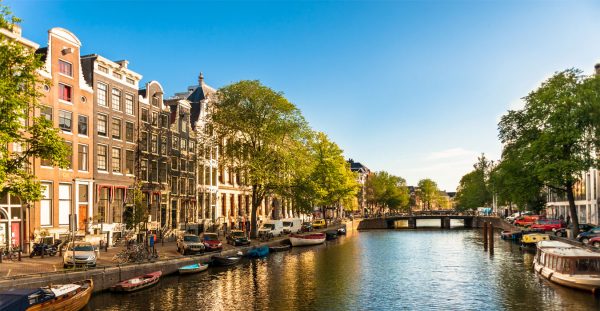
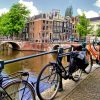

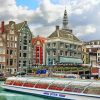
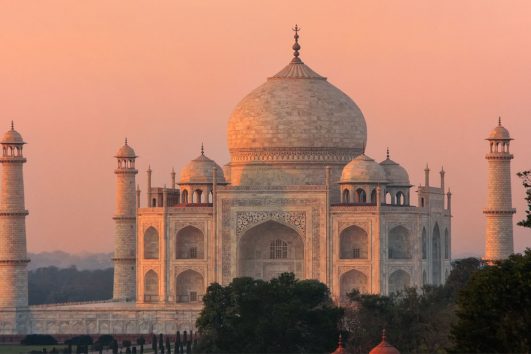
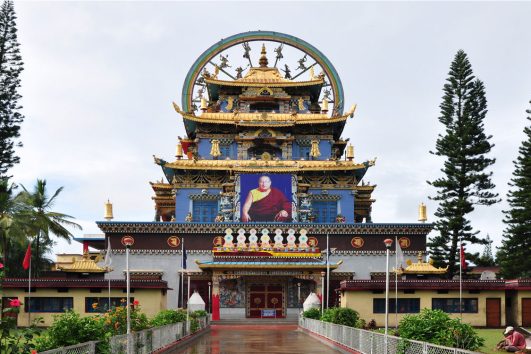
Tour Reviews
There are no reviews yet.
Leave a Review